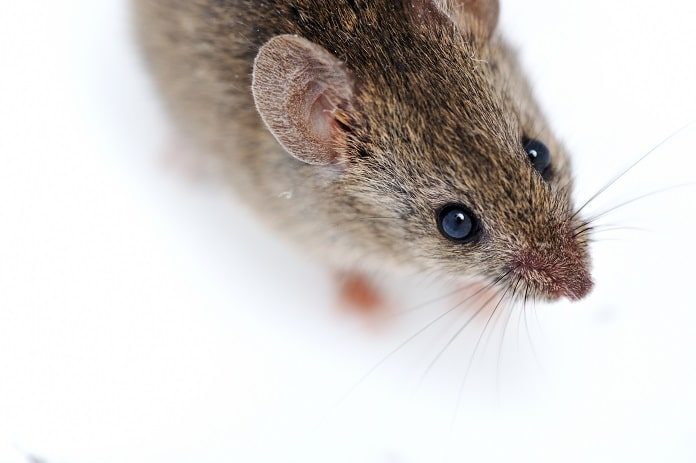Researchers have successfully tested a new treatment for drug-resistant acute lymphoblastic leukemia on a new mouse model.
Acute lymphoblastic leukemia is the most common cancer in children and accounts for about 20% of adult leukemias. Even though there are a number of therapies that improve survival rates, some patients still experience recurrence of the disease and for others, therapy is not effective at all.
Researchers from Case Western Reserve University School of Medicine created a new acute lymphoblastic leukemia mouse model to study drug-resistant acute lymphoblastic leukemia. They collected cancer cells from people with drug-resistant acute lymphoblastic leukemia and transplanted them into mice, to create a mouse model of this disease.
Pre-treatment observation
With the growth of cancer, researchers noted that tumor cells and the other cells in the tumor microenvironment (the area around the tumor) produced molecules that inhibit natural immune cells. Specifically, a large number of the inhibitory molecule, TGF-beta was found in the bloodstream of the new mouse model. With further observation, the researchers found that it was the cancer cells that directly produced the TGF-beta, which accumulated in the microenvironment, protecting the tumor from natural immune killer cells. As a result, cancer cells had almost double the chance of survival.
The researchers then developed a new treatment for drug-resistant acute lymphoblastic leukemia that improved the ability of natural immune killer cells to kill the cancer cells. They published the results of the study in the journal Cancer Immunology Research.
An antibody to attract immune cells
The new treatment included a specially designed antibody that tagged acute lymphoblastic leukemia cells and attracted the natural immune killer cells (B-cell Activating Factor, or BAFF-R). BAFF-R acted as a bridge connecting cancer cells with immune cells that first attached to a cancer cell and then natural killer cells also attached to the antibody and destroyed the cancer cell. The antibody was attached 30 minutes after the treatment administration and remained there for two days. To enhance the effectiveness of the antibody, the researchers also added a second anti-tumor molecule (CD16), which helped the natural immune killer cells more precisely locate BAFF-R.
Testing of the new treatment
Initially, investigators tested this treatment for drug-resistant acute lymphoblastic leukemia on the new mouse model with just one antibody. They reported that the administration of antibodies to the mice with an early course of the disease almost eliminated leukemia cells. However, for the more advanced stages, when the tumor had already made its own microenvironment, the antibody alone was not enough.
“There was a clear negative effect of the tumor microenvironment on natural killer cell killing capacity, so we added a TGF-beta receptor inhibitor to our antibody treatment regimen.” the main investigator said.
The combination of antibody and TGF-beta receptor inhibitor showed the effectiveness of the treatment even in advanced stages. It improved the ability of natural immune killer cells to eradicate leukemia by up to 35 percent. The test was conducted on mice with injected acute lymphoblastic leukemia cells from four different patients.
The researchers hope that new treatment for drug-resistant acute lymphoblastic leukemia will bring benefits to patients whose leukemia does not respond to current treatment options.
References
Vicioso, Y., Gram, H., Beck, R., Asthana, A., Zhang, K., Wong, D., Letterio, J. and Parameswaran, R. (2019). Combination Therapy for Treating Advanced Drug-Resistant Acute Lymphoblastic Leukemia. Cancer Immunology Research, 7(7), pp.1106-1119.
EurekAlert!. (2019). Researchers discover therapy to treat drug-resistant acute lymphoblastic leukemia. [online] Available at: https://www.eurekalert.org/pub_releases/2019-07/cwru-rdt072919.php [Accessed 2 Aug. 2019].



